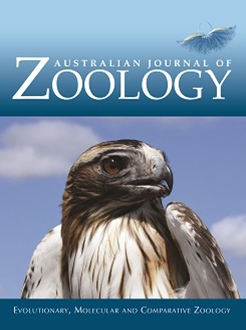Human-mediated dispersal of animals often acts to bring populations that have been separated for substantial periods of evolutionary time (e.g. millions of years) in their native range into contact in their introduced range. Whether these taxa successfully interbreed in the introduced range provides information on the strength of reproductive isolation amongst them. The invasive delicate skink (Lampropholis delicata) has been accidentally introduced to Lord Howe Island from four genetically divergent (>2 million years) regions of the species’ native range in eastern Australia. We used mitochondrial DNA and microsatellite data to investigate whether the individuals from four of the native-range source regions are interbreeding on Lord Howe Island. Our analyses indicate that intraspecific hybridisation among individuals from all four native-range source regions is occurring. Although there is little evidence for hybrids in the northern end of Lord Howe Island (proportion of hybrids: 0–0.02; n = 31), there is a high proportion of hybrids in the central (0.33–0.69; n = 59) and southern regions (0.38–0.75; n = 8) of the island. Given the strong evidence for interbreeding among all four native-range source regions examined, and the relatively minor morphological, life-history and phenotypic variation among them, we suggest that the delicate skink should continue to be treated as a single, widespread, but variable species.
How to translate text using browser tools
2 August 2022
Intraspecific hybridisation of an invasive lizard on Lord Howe Island
Kirilee Chaplin,
Katie Smith Date,
Rebecca D. Bray,
Kimberly A. Miller,
Maiko L. Lutz,
Emma Razeng,
Michael B. Thompson,
David G. Chapple
ACCESS THE FULL ARTICLE

Australian Journal of Zoology
Vol. 69 • No. 5
August 2022
Vol. 69 • No. 5
August 2022
Australia
biological invasion
genetic admixture
Lampropholis
microsatellite DNA
mitochondrial DNA
reptile





